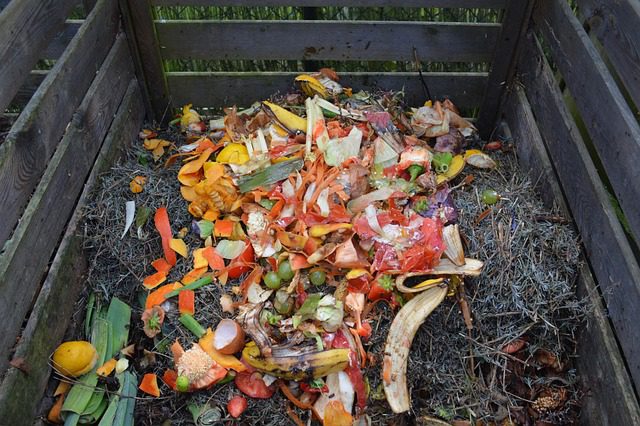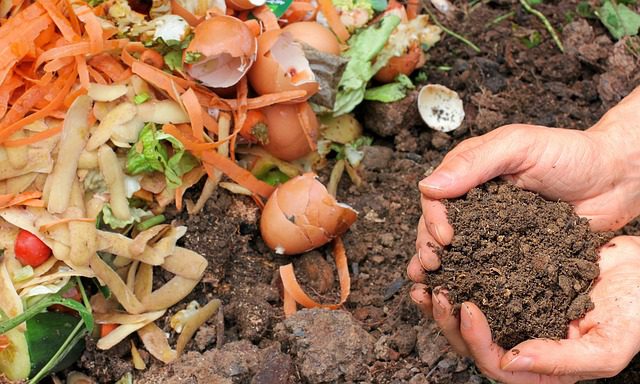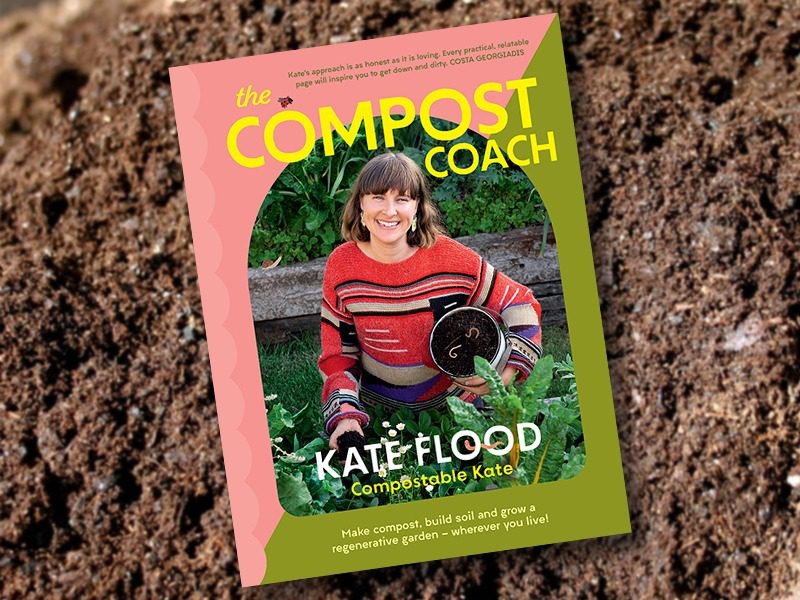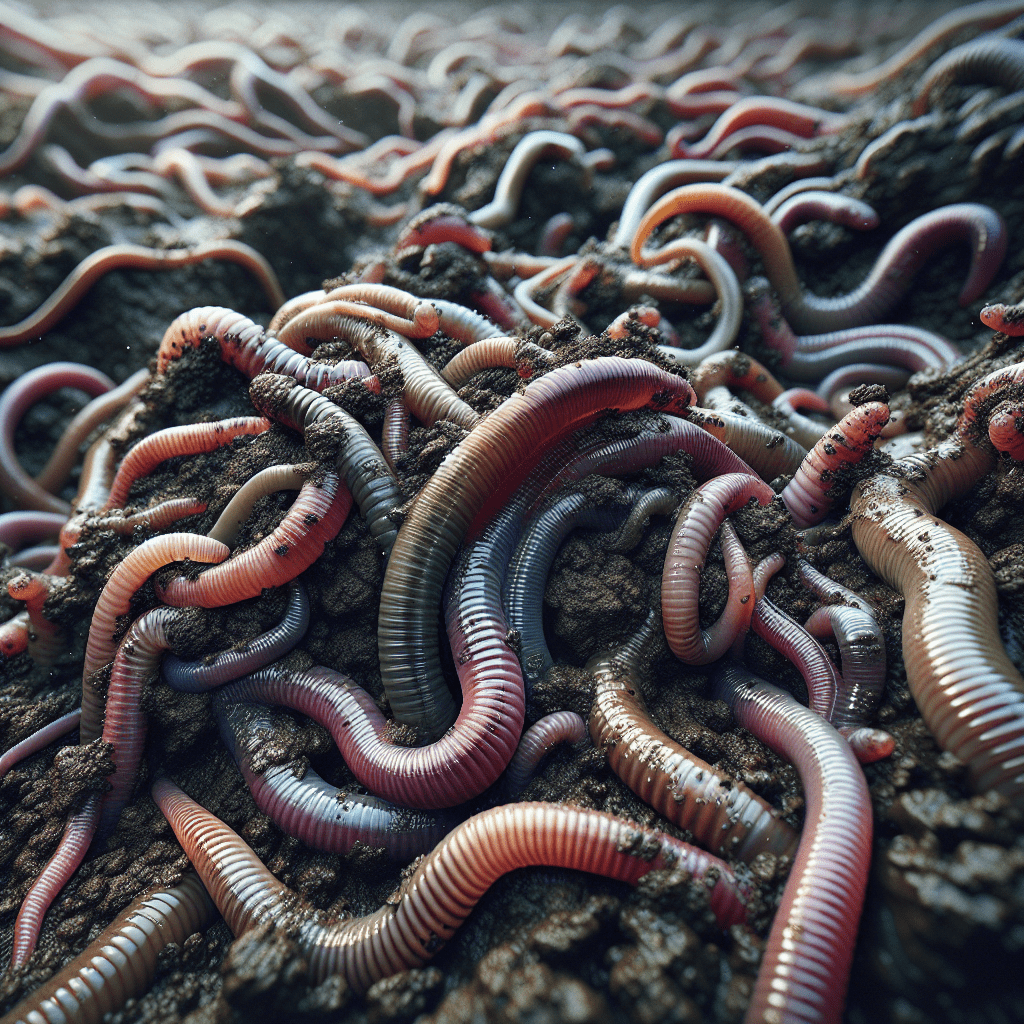Learn how you can save money and easily learn a new skill at the same time!
How to Make Compost at Home from Kitchen Waste
Every day, countless food scraps are discarded into landfills, contributing to environmental degradation. However, these kitchen scraps hold immense potential.
Composting is an age-old practice that transforms organic waste into nutrient-rich soil, fostering sustainability and reducing household waste.
By learning how to compost at home, you can turn banana peels, coffee grounds, and vegetable scraps into black gold for your garden while minimizing your ecological footprint.

Understanding Composting
At its core, composting is a natural decomposition process driven by microorganisms, fungi, and bacteria. These tiny workers break down organic materials into a dark, crumbly, and earthy-smelling substance that enriches soil.
This transformation mimics nature’s recycling system, where dead plant matter decays and replenishes the earth with nutrients.
Benefits of Composting
Composting isn’t just about waste reduction—it’s about resource regeneration. By diverting organic waste from landfills, composting decreases methane emissions, a potent greenhouse gas.
It also enhances soil fertility, retaining moisture, suppressing plant diseases, and reducing the need for synthetic fertilizers. Furthermore, composting promotes biodiversity by creating a habitat for beneficial microbes and insects.
Types of Composting
There are several composting techniques, each suited to different lifestyles and needs:
- Aerobic composting relies on oxygen-loving microbes to break down waste efficiently.
- Anaerobic composting occurs in sealed environments, producing methane but requiring less maintenance.
- Vermicomposting harnesses the power of earthworms to accelerate decomposition and produce nutrient-rich worm castings.
Choosing the Right Composting Method
Before starting, consider your available space, climate, and commitment level.
Those with backyards may opt for traditional compost piles, while apartment dwellers might prefer worm bins or bokashi fermentation systems.

Essential Components of Compost
Successful composting relies on a balance of:
- Greens (Nitrogen-rich materials): Fruit peels, vegetable scraps, coffee grounds
- Browns (Carbon-rich materials): Dry leaves, cardboard, paper
- Air and moisture: Essential for microbial activity and decomposition
What Can Be Composted from the Kitchen?
A variety of kitchen waste can be composted, including:
- Vegetable and fruit scraps
- Coffee grounds and filters
- Crushed eggshells
- Tea bags (without synthetic mesh)
What Should Not Be Composted?
To avoid attracting pests or creating foul odors, refrain from composting:
- Meat, dairy, and oily foods
- Plastic and synthetic materials
- Diseased plants and chemically treated wood
Check out our article about what NOT to put in your Compost Tumbler!
Setting Up a Compost Bin
Choose between a DIY compost bin or a commercial one. Ensure good drainage and aeration. Place it in a spot with partial sunlight and easy access.
Starting the Composting Process
Layer greens and browns in equal parts, maintaining a moist (but not soggy) consistency. Stir occasionally to introduce oxygen and promote even breakdown.
Maintaining Your Compost Pile
Regularly turn the pile to prevent anaerobic conditions. Check for moisture levels—too dry slows decomposition, while too wet causes odor issues.
How to Speed Up Composting
- Chop large items into smaller pieces for quicker breakdown.
- Add compost accelerators like manure or garden soil.
- Introduce worms for faster organic matter consumption.

The Timeline of Composting
Composting can take anywhere from a few weeks to several months. Finished compost should be dark, crumbly, and free of recognizable food scraps.
Harvesting and Using Finished Compost
Once ready, sift compost to remove large particles. Use it as a top dressing for plants, mix it into garden beds, or brew compost tea for liquid fertilizer.
Common Mistakes in Composting and How to Avoid Them
- Foul odors? Too much green material—add browns.
- Pests? Avoid food scraps like meat and dairy.
- Slow decomposition? Improve aeration and moisture balance.
Conclusion
Composting is a simple yet powerful habit that transforms kitchen waste into a valuable resource.
By embracing this natural process, you not only reduce household waste but also enrich the earth, one banana peel at a time.
Start composting today and witness the magic of nature’s recycling system in action!

10 FAQs About Composting Kitchen Waste at Home
1. What is composting, and why should I do it?
Composting is a natural process where organic waste, like fruit peels and vegetable scraps, breaks down into nutrient-rich soil.
It helps reduce waste, improve soil health, and lower your environmental footprint.
2. What kitchen scraps can I compost?
You can compost fruit and vegetable peels, coffee grounds, tea bags, eggshells, nutshells, and even stale bread (in small amounts).
These materials break down easily and enrich your compost.
3. What should I avoid putting in my compost bin?
Avoid meat, dairy, oily foods, and anything with synthetic chemicals.
These items attract pests, create bad odors, and slow down the composting process.
4. How do I start a compost bin at home?
Choose a bin with good airflow, layer your kitchen scraps with dry materials like leaves or cardboard, and keep the mixture slightly damp.
Turn it occasionally to help with decomposition.
5. How long does it take for compost to be ready?
Compost can take anywhere from 2 months to a year to be fully broken down, depending on temperature, moisture levels, and how often you turn the pile.
6. Does composting smell bad?
No, if done correctly! A bad smell usually means too much moisture or too many green materials (like food scraps).
Balance it with dry materials (like paper or leaves), and mix it regularly.

7. Do I need worms for composting?
Not necessarily! Traditional composting works without worms, but vermicomposting (using worms) can speed up the process and create even richer compost.
8. Can I compost in a small apartment?
Yes! You can use a small indoor compost bin, a bokashi bin, or a worm bin. These methods work well in small spaces and don’t produce bad odors if managed properly.
9. How do I know when my compost is ready to use?
Finished compost looks dark, crumbly, and smells like fresh soil. You shouldn’t be able to recognize food scraps in it anymore.
10. What can I do with my finished compost?
Use it in your garden, mix it with potting soil for houseplants, or spread it over your lawn.
Compost enriches the soil and helps plants grow strong and healthy.

Who Benefits from Composting at Home?
Composting isn’t just for gardeners—it’s for anyone who wants to reduce waste, save money, and contribute to a healthier planet.
Here are some types of people who would benefit the most:
1. Home Gardeners
Gardeners can use compost to enrich their soil, leading to healthier plants, bigger harvests, and fewer chemical fertilizers.
Compost improves soil structure, retains moisture, and provides essential nutrients for flowers, fruits, and vegetables.
2. Eco-Conscious Individuals
Anyone looking to reduce their carbon footprint will love composting.
By keeping organic waste out of landfills, composters help reduce methane emissions, a powerful greenhouse gas that contributes to climate change.
3. Families with Children
Teaching kids about composting is a great way to introduce sustainability early.
It turns waste disposal into a fun science experiment, showing children how food scraps break down and benefit the environment.
4. Apartment Dwellers and City Residents
Even people without a backyard can compost! Small compost bins, bokashi systems, or vermicomposting with worms allow urban dwellers to compost indoors without odors or mess.
Many cities also offer community composting programs.
5. Zero-Waste Enthusiasts
For those committed to a zero-waste lifestyle, composting is a must.
It significantly reduces household trash, making it easier to live sustainably and cut down on plastic garbage bags.
6. Budget-Conscious Households
Compost replaces expensive fertilizers, improves plant growth, and reduces the need for store-bought soil amendments.
Over time, it saves money on gardening and waste disposal costs.
7. Farmers and Homesteaders
Those growing their own food can use compost to improve soil fertility naturally.
It reduces dependency on synthetic fertilizers and helps maintain a self-sustaining ecosystem.
8. Health-Conscious Individuals
People who want to avoid chemicals in their food can benefit from composting by creating nutrient-rich, organic soil. Healthier soil leads to stronger, more nutrient-dense produce.
9. Environmental Activists
Those passionate about protecting nature can use composting as an easy yet impactful way to contribute to a greener planet.
Every small step helps in the fight against pollution and climate change.
10. Schools and Community Groups
Schools, community gardens, and local organizations can use composting as an educational tool, demonstrating sustainable living practices and improving local green spaces.
Whether you have a backyard, a balcony, or just a small kitchen bin, composting is a simple habit that benefits individuals, communities, and the environment.
So there you have it. Simple to follow tips and tricks to make compost at home from kitchen waste an enjoyable and simple task as long as you follow the steps.
Enjoy!




